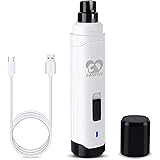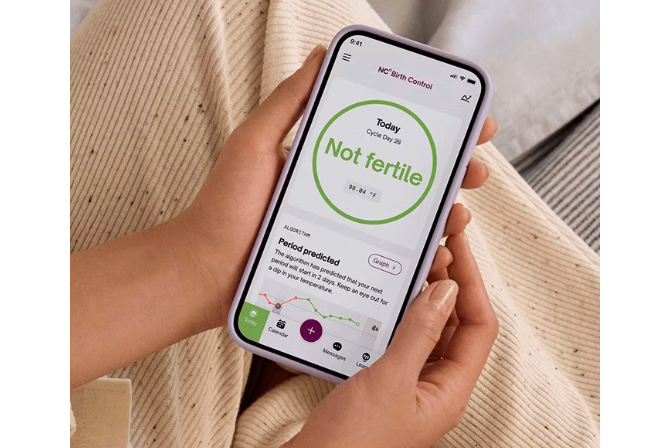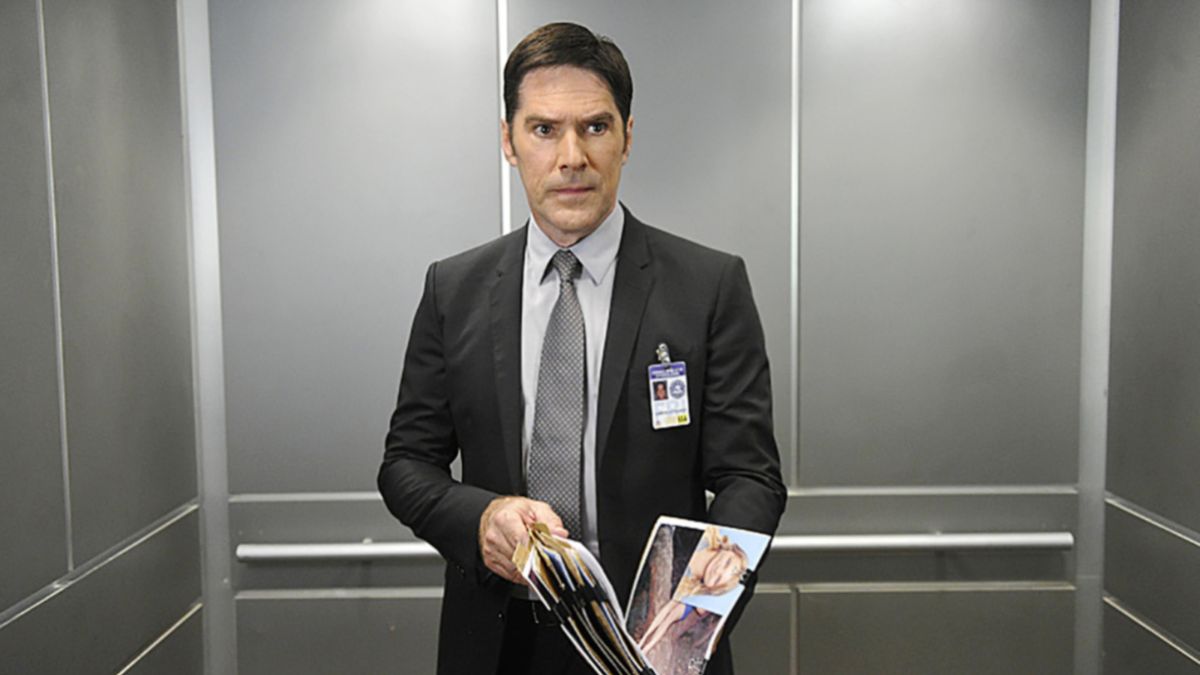The Shocking Truth Behind ‘The Biggest Loser’: Why Its Brutal Weight-Loss Tactics Could Be Doing More Harm Than Good
Remember the days when reality TV made weight loss look like a superhero transformation—sweat flying, tears streaming, and pounds dropping faster than your Wi-Fi connection during a live stream? Well, The Biggest Loser, a staple since its 2004 debut, was that show. Millions tuned in to watch contestants battle their bodies and minds, emerging as new versions of themselves. But wait—what if I told you the glittery finale wasn’t all it seemed? The recent Netflix documentary Fit for TV: The Reality of the Biggest Loser peeled back the curtain, revealing some pretty gnarly truths behind those dramatic drops. Take Rachel Frederickson, the season 15 winner who melted away 155 pounds in seven months, but also sparked intense debates with her dangerously low weight. So, how did extreme tactics affect contestants, and more importantly, what’s a healthier route to reaching your goals without turning your body into a battleground? Hang tight—let’s dive deep and rethink what “winning” really means in weight loss. LEARN MORE

Following its premiere in 2004, the hit show The Biggest Loser drew an audience of millions. While the show ended in 2016, it has recently come back into focus thanks to the new Netflix documentary Fit for TV: The Reality of the Biggest Loser. Through interviews with former contestants and trainers, the film highlights the harmful realities behind the show. We’re looking at what the show got wrong in its extreme tactics, how it affected contestants and healthier approaches to help you reach your goal.
Contestant Rachel Frederickson’s dramatic weight loss drew criticism
In 2014, Rachel Frederickson was announced as the season 15 winner of The Biggest Loser and quickly became one of the show’s most-discussed contestants because of her astonishing transformation. When she first joined the show, she weighed 260 pounds. In just seven months, she lost a total of 155 pounds and weighed in during the finale at 105 pounds.
During the series, contestants were often pushed far beyond their limits during grueling workouts, so much so that they’d vomit or collapse. Other times, they’d maintain an extreme calorie deficit to help lose drastic amounts of weight faster. Frederickson’s weight loss drew criticism—and worry—from viewers who thought she had lost too much. But in a 2014 Today essay she responded to concern and backlash.
“When I stood on stage at the live finale, I had never felt stronger,” Frederickson wrote. “I had accomplished everything I wanted to do. I was extremely proud of myself. That moment didn’t last long. Comments during the controversial storm following my weight loss were hurtful.”
She emphasized that despite public concern, she was doing well. “2014 has been a year full of learning, changing and growing for me,” Frederickson wrote. “I’ve been taking college classes, working in voice-over, walking dogs at the local shelter, training for my first marathon and through my new career at DreamJobbing [a website that aids job search], I’m helping others change their story.”
Frederickson stunned ‘The Biggest Loser’ judges
Although Frederickson did not make an appearance in Fit for TV, more than a decade later, her weight loss is still being discussed. In Netflix’s new documentary, former Biggest Loser trainer Bob Harper shared how he and fellow trainer Jillian Michaels reacted to Frederickson’s appearance. “Rachel came out, and she had lost so much weight, it was … shocking,” Harper said. “Jillian and I were just in horror.”
While Michaels did not appear in the documentary, in a May 2024 interview on the Thomas DeLauer Podcast, she explained her perspective on Frederickson’s weight loss directly. “She was unhealthily thin, to say the least,” Michaels said. “When Rachel Frederickson walked down that stage looking dangerously unhealthy, I quit permanently.”
“On screen, it looks like victory. Off screen, it leaves [your body] vulnerable.” —Phyllis Pobee, MD
According to Today, in a 2014 People interview, Frederickson was asked if she had an eating disorder. She responded, “I am very, very healthy.” Still, at 5’5” and 105 pounds, her BMI was 17.5, which is considered underweight.
How to determine what’s healthy for you
In situations like Frederickson’s, is it better to rely on our own perception of health—how we look and feel—or concrete metrics like weight and BMI?
“Subjective health perception is important, but it cannot replace genetic and medical data. BMI has limits, but it is still a more reliable indicator than a contestant simply saying ‘I feel healthy,’” says Phyllis Pobee, MD, a triple-board-certified physician and founder of GeneLean360°. “Genetics adds another layer. Someone who is underweight may feel fine, yet [scans]s reveal stress, nutrient depletion or silent organ strain. A full health picture requires objective testing such as labs, genetic profiling and metabolic analysis combined with the patient’s lived experience.”
Dr. Pobee adds that there are risks tied to rapid, extreme weight loss. “This pace of loss carries high risk of gallstones, nutrient deficiencies, bone thinning and cardiovascular stress,” says Dr. Pobee. “For women, genetic variants may amplify the risk of osteoporosis after such rapid loss. On screen, it looks like victory. Off screen, it leaves bodies biochemically vulnerable.”
5 ways to lose weight safely
If you are pursuing weight loss and want to see progress sooner rather than later, you don’t have to resort to drastic measures like extreme calorie deficits or grueling workout routines as seen on The Biggest Loser. We asked Dr. Dumont what a realistic and healthy weight-loss timeline looks like, plus how you can jump-start your success.
“As with most things in medicine, there are few hard and fast rules,” says Frank Dumont, MD, Senior Medical Director at Virta Health. “However, a good and relatively safe rule of thumb for rapid weight loss is 1 to 2 pounds per week. This amount of weight loss is much more sustainable over time and is less likely to result in malnutrition and disproportionate lean muscle mass loss. In contrast, The Biggest Loser contestants were often losing a pound per day or more.”
Here’s how to get started on your journey in a safe, sustainable way:
Prioritize quality food
“Focus on the quality of food rather than the quantity,” says Dr. Dumont. “Eating ‘junk food’ while simultaneously trying to limit calories is likely to get you into trouble.”
Eat veggies first
“When building meal and snack plans, start with non-starchy vegetables (at least five servings per day) and adequate protein intake,” says Dr. Dumont. “Although this might need to be adjusted for medical reasons with your doctor, a good starting point with regard to protein is 1.5 to 2 grams per kilogram of ideal body weight per day.” For example, if a woman weighs 200 pounds but has a goal body weight of 160 pounds, the reference “goal” weight is about 73 kilograms. That means she’d want to aim to eat about 110 to 146 grams of protein per day.
Drink plenty of water
“Make sure you are getting enough water and electrolytes,” says Dr. Dumont. “When you are losing weight quickly, you can lose more water and salt through the kidneys, and this can increase troublesome symptoms such as headache, fatigue, lightheadedness and constipation. Of course, sodium and other electrolyte intake might need to be adjusted with your doctor based upon underlying medical conditions and medications.”
Check in with your body
“Pay attention to how you feel,” says Dr. Dumont. “You want to lose weight in a manner that is not shutting down your metabolism or making it hard for you to function and to remain physically active. If you are constantly feeling drained, particularly if you are not recovering after a good night’s sleep, you might need to reassess the quality of your foods and how quickly you are attempting to lose weight.”
Try wearable tech
“Many individuals are now using wearable devices such as rings and watches to keep an eye out for worrisome signs [on their weight-loss journies],” says Dr. Dumont. “For example, the heart rate usually goes down with weight loss. However, if your resting heart rate is going up instead, it can be a sign of physical stress or dehydration or even emotional distress.”
“Similarly, a decrease in your heart rate variability or HRV (reported by many health and fitness tracking devices) can be a sign of physical or emotional stress or of inadequate recovery,” he adds. “These devices are not without cost, and they are not perfect. However, they can help to clue you into problems sooner, and they take some of the guesswork out of listening to your body.”




















Post Comment